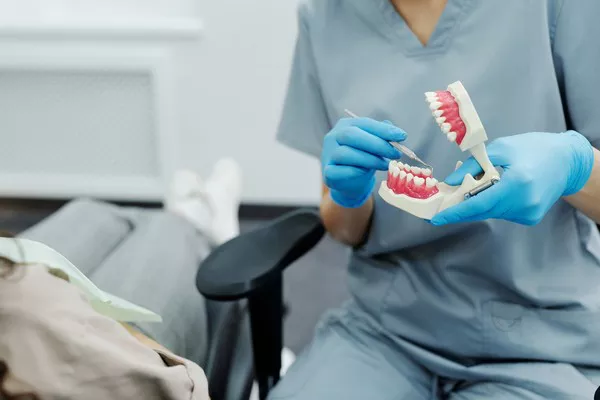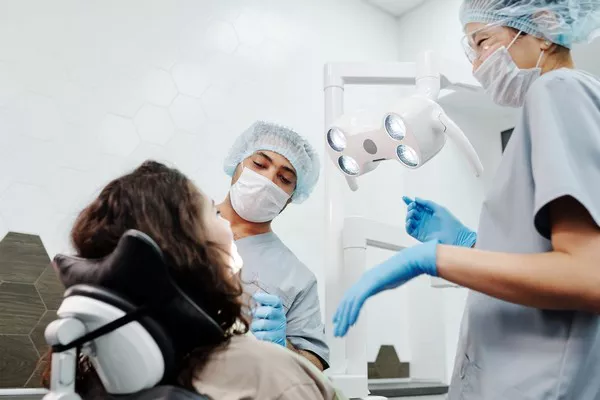A bright, white smile is often associated with good oral hygiene and overall attractiveness. However, various factors like aging, poor dental hygiene, and certain foods and beverages can cause teeth to turn yellow over time. While professional dental treatments are effective in achieving whiter teeth, natural remedies offer an affordable and accessible alternative. In this article, we will explore a variety of natural methods to help you restore the natural whiteness of your teeth without resorting to costly procedures or harsh chemicals.
Maintain Good Oral Hygiene
The foundation of any tooth whitening regimen is good oral hygiene practices. Regular brushing, flossing, and rinsing with mouthwash helps remove plaque and prevent staining. It is recommended to brush at least twice a day using a soft-bristled toothbrush and fluoride toothpaste. Incorporating proper brushing technique, such as gently brushing in circular motions, can aid in removing surface stains.
Healthy Diet Choices
Certain foods and beverages can stain teeth, so making conscious dietary choices can promote whiter teeth naturally. Avoid or limit the consumption of highly pigmented foods like coffee, tea, red wine, berries, and tomato-based products. Instead, incorporate tooth-friendly foods like crunchy fruits and vegetables that stimulate saliva production and act as natural cleansers for your teeth.
Oil Pulling
Oil pulling is an ancient practice that involves swishing oil around in the mouth to remove toxins and improve oral health. Coconut oil, sesame oil, or sunflower oil can be used for this technique. Swish one tablespoon of oil in your mouth for about 15-20 minutes before spitting it out. This process helps eliminate bacteria and reduce plaque, leading to a brighter smile over time.
Baking Soda and Hydrogen Peroxide
Baking soda has natural whitening properties that can gently remove surface stains on teeth. Create a paste by mixing baking soda with a small amount of water, then brush your teeth with this mixture a few times a week. Additionally, hydrogen peroxide can be used as a mouthwash to whiten teeth. Dilute it with equal parts water and rinse your mouth for about a minute before spitting it out.
Citrus Fruit Peel
The peels of citrus fruits like oranges or lemons contain natural compounds that can help whiten teeth. Rub the inside of the fruit peel directly on your teeth for a couple of minutes, then rinse thoroughly. However, due to their acidic nature, make sure not to overuse this method as it may erode tooth enamel if done excessively.
Activated Charcoal
Activated charcoal has gained popularity as a natural teeth whitener. Its porous texture allows it to absorb toxins and surface stains from the teeth. Wet your toothbrush and dip it into activated charcoal powder, then gently brush your teeth for a few minutes. Rinse thoroughly afterward to remove any residue. Remember to use activated charcoal sparingly to avoid excessive abrasion.
How can I whiten my teeth in 3 minutes?
Whitening teeth in just three minutes is a challenging task, as most effective teeth whitening methods require more time for noticeable results. However, there are a few quick tips and tricks you can try to enhance the appearance of your teeth temporarily. It’s important to note that these methods provide temporary solutions and may not offer long-lasting effects. For more significant and lasting results, professional dental treatments or at-home whitening kits are recommended. Here are some options to consider:
Whitening Toothpaste:
Choose a toothpaste specifically formulated for whitening. These toothpastes often contain mild abrasives or chemicals that help remove surface stains. Brush your teeth thoroughly for three minutes with the whitening toothpaste to maximize its effectiveness.
Teeth Whitening Strips:
Whitening strips are thin, flexible pieces of plastic coated with a peroxide-based gel. They are designed to be worn over the teeth for a specific duration (usually 30 minutes) but may have some effect even if used for a shorter period. Follow the instructions provided with the strips and leave them on your teeth for the maximum time suggested.
Whitening Pens:
Whitening pens are convenient and easy-to-use tools for quick touch-ups. These pens contain a whitening gel that can be applied directly to the teeth. Simply brush the gel onto your teeth and let it sit for the recommended time (usually a few minutes) before rinsing or spitting out the excess gel.
Activated Charcoal:
Activated charcoal has absorbent properties that can help remove surface stains from the teeth. Wet your toothbrush, dip it into activated charcoal powder, and gently brush your teeth for a couple of minutes. Rinse your mouth thoroughly afterward to remove any residue. Keep in mind that excessive use of activated charcoal may lead to enamel erosion, so it’s best to use it sparingly.
Lipstick Color Selection:
Choosing the right shade of lipstick can create the illusion of whiter teeth. Opt for lipsticks with blue undertones, as they counteract the yellow appearance of teeth. Cooler-toned reds and pinks can also make your teeth appear brighter.
Remember, these methods provide only temporary results and may not be as effective as professional dental treatments. It’s important to maintain good oral hygiene practices, including regular brushing, flossing, and professional dental cleanings, to ensure optimal oral health and a brighter smile. If you desire more significant and lasting whitening effects, consult with a dentist who can recommend suitable treatment options based on your specific needs.
Conclusion
While professional dental treatments provide the quickest and most reliable results, natural remedies offer a cost-effective and accessible option for achieving whiter teeth. By practicing good oral hygiene, making healthy dietary choices, and incorporating these natural remedies into your routine, you can gradually restore the natural whiteness of your teeth. However, it is important to note that individual results may vary, and it’s always recommended to consult with a dentist before trying any new dental regimen. Remember, maintaining good oral health goes beyond appearance—it plays a crucial role in overall well-being.
Related Topics:





























